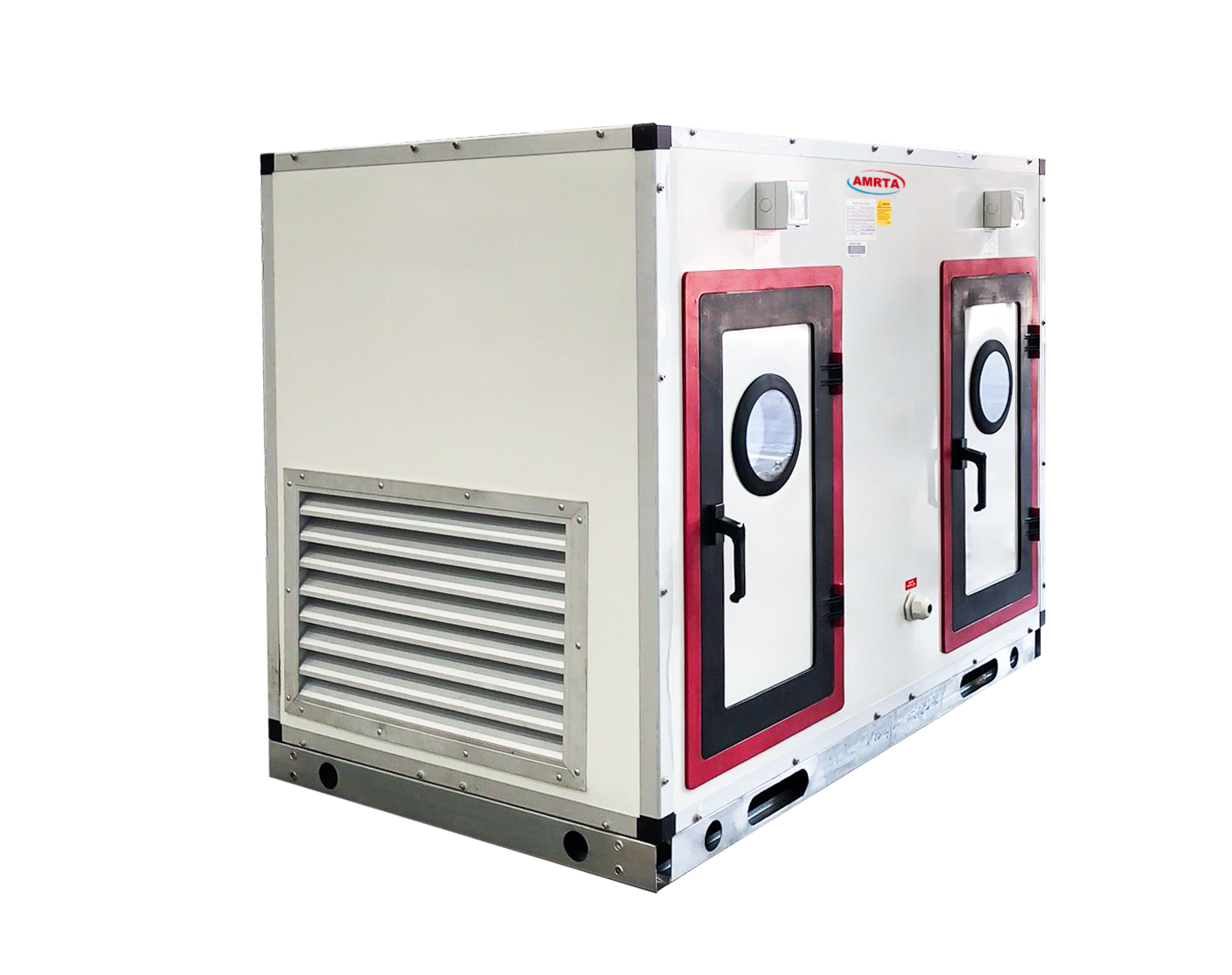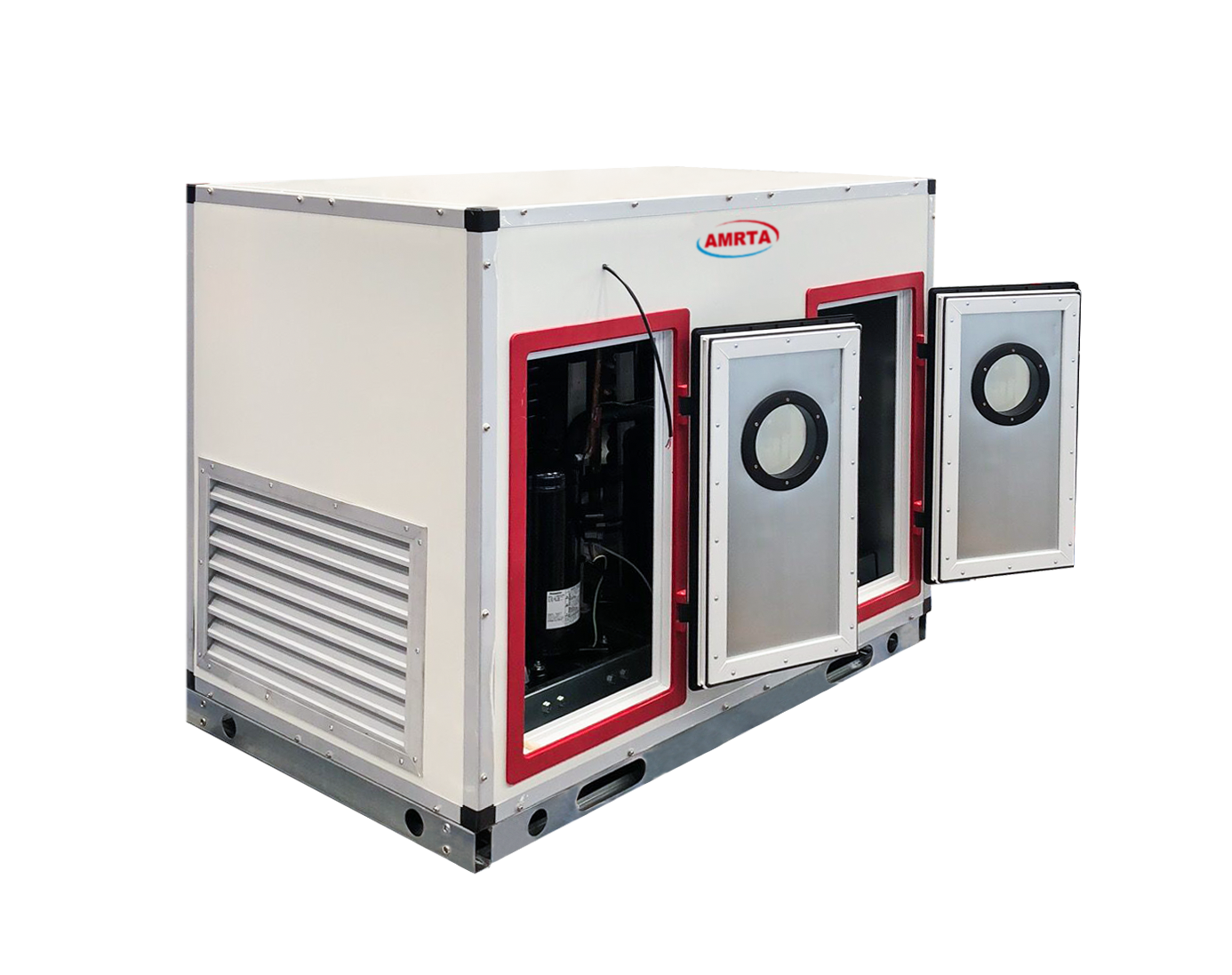Three Aspects of Environmental Factors Affecting Soil Moisture
In our measurement and study of soil moisture, we used soil moisture detectors to accurately measure soil moisture in different regions and found that elevation, soil, slope direction, slope position, slope type, and other objective factors in different regions will cause soil moisture The effect of difference. In scientific research, in addition to the objective factors of the soil itself, all other factors that affect soil moisture are collectively referred to as environmental factors.
Environmental factors have dynamic variability in time and space and regional spatial differences. For example, there are daily changes in temperature, seasonal changes during the year, interannual changes, latitude changes, and altitude changes. Precipitation changes include rain intensity, rain patterns, rainfall duration, regional changes, seasonal changes, and interannual changes. There are many influencing factors such as topography and solar radiation. These factors are dynamic, and interact with other factors, making their effects on soil moisture extremely complex.
The environmental factors mainly affect the soil moisture status from three aspects.
The first aspect is the condition of water recharge that affects the soil. Water recharge is not only related to the nature of precipitation itself, but under the same rainfall conditions, the topography, surface vegetation status, and land preparation measures are not the same. This kind of impact factor influences the recharge situation through two ways, that is, changing the residence time of the ultra-osmotic flow on the soil surface and changing the infiltration environment of the soil. Under the condition of constant infiltration rate, the longer the surface water retention time, the better the water recharge condition; the infiltration environment includes the surface water flow velocity, temperature, water turbidity, and surface water depth during infiltration, etc., by changing the soil. The infiltration environment then affects the infiltration rate of the soil in order to achieve the purpose of changing the water supply.
The second aspect is to change the infiltration and storage capacity of the soil itself. For example, farming measures, land preparation measures, types of land use, and the status of surface vegetation all alter or change the physical properties and infiltration performance of the soil to varying degrees.
The third aspect is to change the level of soil consumption. The spatial-temporal differences of environmental factors profoundly affect the moisture loss pathways such as soil moisture leakage, evapotranspiration, and subsurface flow. It also includes direct and indirect effects on two levels, such as ground cover reduction, evaporation, plant root fracture increase, and deep leakage. Such as a direct role, the environmental factors indirectly affect the loss of soil moisture by changing the soil physical properties or structural conditions, such as granule structure, non-capillary porosity, crusts and tight plough bottom.
In summary, the spatial and temporal dynamic variability of soil moisture and the spatial and temporal differences of environmental factors determine the temporal and spatial heterogeneity of soil moisture. The spatial-temporal difference of soil moisture is the result of the interaction of various environmental factors on multiple scales. The effects of these factors on the spatial and temporal heterogeneity of soil moisture show significant spatial changes and temporal variations.
DX type air handling unit
Amrta air handling unit with colorful steel and galvanized panel as its interior and exterior panel. Inner stuff is the high density polyurethane foam. Case thickness 25mm or 50mm to strength the unit and avoid air leakage.
Advanced Internal Equipment
1.Direct Driven and No Volute Frequency Conversion Fan Using authoritative certificate and high efficient no volute frequency conversion fan with high transfer efficiency, no belt wear and stable operation. Meanwhile, the no volute fan is open-type structure and convenient to maintenance and clean, especially applied to the clear room.
2.Naked Tube Heater. The heat exchang pipe of the heater is made of stainless steel, smooth surface, without spiral fin, preventing accumulation of dust and breeding of bacteria.
3.Flexible and high-efficient antibacterial heat exchanger. The heat exchanger is designed by special computer auxiliary software, whose performance strictly meets the requirement of national standard of clean room. Hydrophilic aluminum fin or copper fin is applied, thus avoiding the air through the coil to take the condensing water covering on the surface of coil away. Meanwhile it also can prevent the breeding of bacteria.
4.Steam-type Humidifier. The unit uses electrode and dry steam to humidify, avoiding the humidified circumstance to keep from the breeding of bacteria.
5.High quality filter. The unit can use various filters with different degrees to meet customer's requirements, thus optimizing its performance.
6.Optimized Design. Fan placed in the front make sure the unit is under positive pressure to prevent the outside air from leaking, which will pollute the clear air in the unit. And the condensate water can be drained because of positive pressure.


DX Type Air Handling Unit,DX type Modular Air Handling Unit,Special Air Handling Unit,Hygiene Grade Air Handling Unit
Jinan Amrta Air Conditioning Co.,Ltd , https://www.amrtaac.com
![<?echo $_SERVER['SERVER_NAME'];?>](/template/twentyseventeen/skin/images/header.jpg)